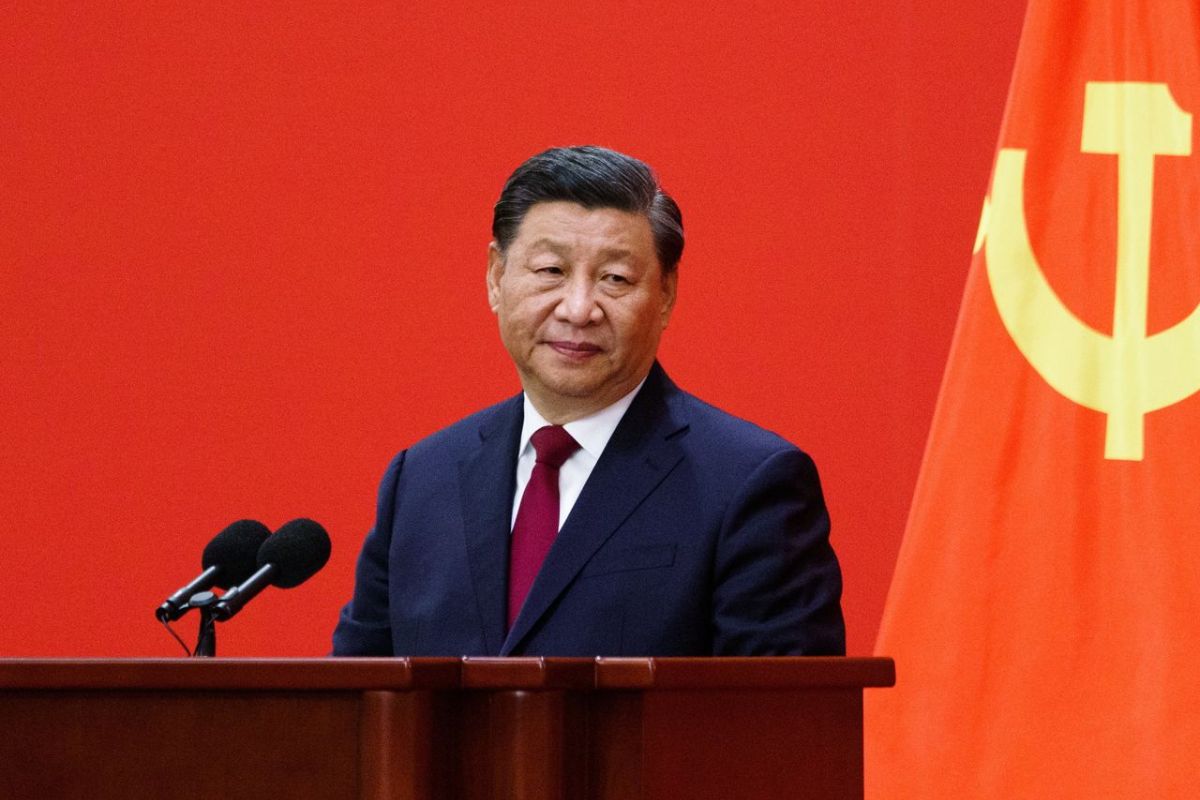Chinese Investors Break Free: The surge in Chinese investors venturing beyond domestic borders has sparked both intrigue and concern in the global investment landscape.
As outbound investments by Chinese entities continue to break free from traditional limits, questions arise about the implications for international markets and the sustainability of this capital flow.
With mounting pressures on China’s capital account and the complexities surrounding QDII products, a deeper exploration into the motivations driving this investment frenzy is essential to understanding the evolving dynamics of global finance.
Growing Chinese Investment in Offshore Assets
Is the surge in Chinese investment in offshore assets indicative of a lack of confidence in the domestic market?
The rapid influx of funds into offshore investments by Chinese investors through the Qualified Domestic Institutional Investor (QDII) program raises questions about the underlying sentiment towards domestic opportunities. The significant year-on-year increase in QDII fund units and assets under management suggests a growing appetite for diversification beyond the confines of the local market. This trend not only challenges outbound investment limits but also signals a potential shift in risk perception and investment strategies among Chinese investors.
The impact of this growing trend is palpable, with domestic equity mutual funds experiencing a notable decline in sales amidst the surge in offshore investments. The allure of international markets seems to be gaining traction, potentially driven by a combination of factors such as seeking higher returns, mitigating risks, and capitalizing on global opportunities. As Chinese investors navigate this global investment frenzy, the implications for the domestic market remain a focal point of scrutiny and analysis.
Also Read: China’s Bold Tech Quest: Self-Reliance Drive and Open Doors for Investors
Challenges and Pressures on China’s Capital Account
The current challenges and pressures on China’s capital account necessitate a strategic reassessment of investment avenues amid a backdrop of economic uncertainties and shifting market dynamics. With Chinese stocks hovering near a five-year low and the yields on 30-year treasury bonds hitting record lows, investors are seeking to diversify their portfolios.
Wealthy clients, in particular, are keen to spread their assets globally, anticipating a slowdown in China’s once high-flying economy after decades of rapid growth. However, the Qualified Domestic Institutional Investor (QDII) scheme, designed to facilitate outbound investment, is facing constraints due to a capped quota imposed by China’s State Administration of Foreign Exchange (SAFE). Since July, no new quotas have been granted, limiting the avenues available for Chinese investors to move their capital offshore.
These challenges highlight the urgency for Chinese investors to navigate the complexities of the global investment landscape and adapt their strategies to mitigate risks and capitalize on opportunities in a rapidly evolving economic environment.
Increasing Demand and Issues in QDII Products
Amidst the surging demand for QDII funds and the consequential halting of new subscriptions by some fund managers and financial institutions, a critical juncture in the market’s trajectory is unfolding. This heightened interest in QDII products signifies a shift in investor sentiment towards diversifying portfolios beyond domestic assets. The current landscape presents both opportunities and challenges that necessitate a closer examination of the issues at hand.
- Regulatory Compliance: Ensuring adherence to QDII regulations amidst escalating demand poses a significant challenge for fund managers and financial institutions.
- Market Volatility: Increased investments in QDII products may amplify market volatility, necessitating robust risk management strategies.
- Product Innovation: Developing innovative QDII products tailored to meet the evolving needs of investors is crucial for sustaining this momentum.
- Global Economic Dynamics: The disparity in bond yields between the U.S. and China underscores the impact of global economic factors on the demand for QDII funds.
Navigating these complexities demands a nuanced approach that balances growth opportunities with regulatory compliance and risk mitigation strategies.
News In Brief
Chinese investors are breaking free from traditional limits, surging into offshore assets through the Qualified Domestic Institutional Investor (QDII) program. The substantial year-on-year increase in QDII fund units and assets under management suggests a growing appetite for international diversification. This trend, driven by factors like seeking higher returns and global opportunities, challenges outbound investment limits and signals a potential shift in risk perception. Amid challenges in China’s capital account and a capped QDII quota, wealthy clients are keen on global asset allocation. However, issues such as regulatory compliance and market volatility underscore the need for a nuanced approach in navigating this evolving investment landscape.
Our Reader’s Queries
Q1 What are the cons of investing in China?
A Investing in China carries risks such as its communist structure, regulatory disparities, and the potential for insider trading. However, there are opportunities, including investments in U.S. corporations operating in China, mutual funds, and ETFs.
Q2 Why to invest in China?
A Investing in China not only provides access to a vast market but also offers international companies the opportunity to acquire experience with cutting-edge products, enhancing their innovation and competitiveness in their home countries.
Q3 What are the advantages of investing in the stock of Chinese companies?
A Investing in Chinese stocks, whether on their local market or as foreign shares, presents an attractive opportunity for financial growth and retirement planning. With ambitions to become the world’s largest economy by 2030, China benefits from diligent citizens and efficient governance, fostering innovation and economic expansion.



